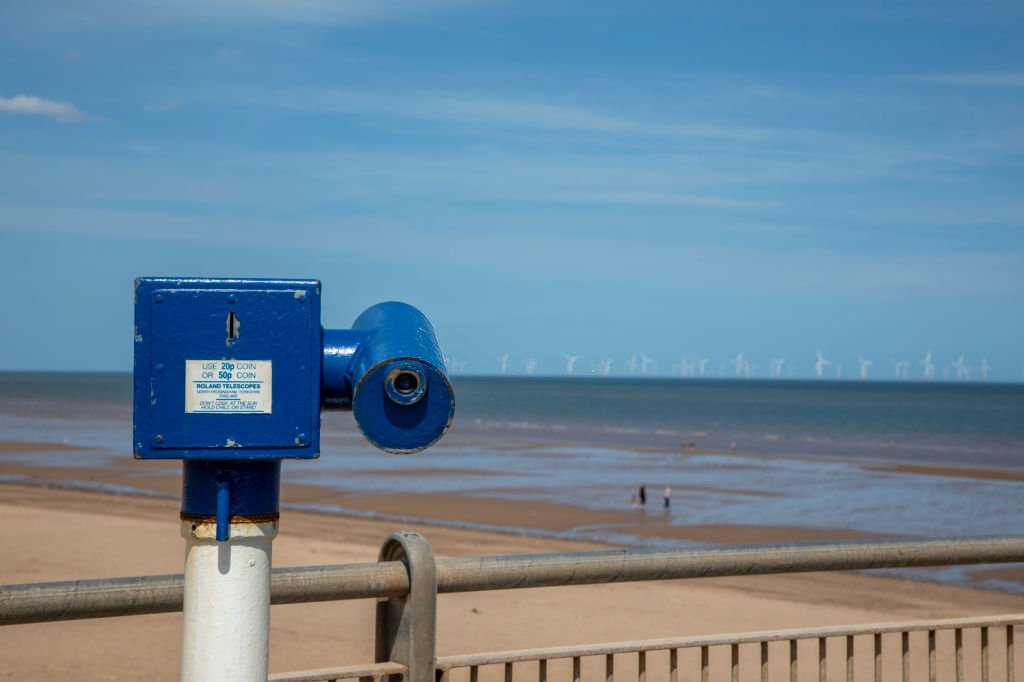
Introduction:
Beneath the vast expanses of our oceans lies a treasure trove of resources, from fish stocks to minerals, energy sources, and biodiversity. To manage these invaluable marine resources sustainably, accurate surveying and mapping are essential. Advanced marine equipment has revolutionized the way we assess, monitor, and preserve these resources. This article delves into the fascinating world of marine resource surveying and mapping, highlighting the critical role marine equipment plays in unlocking the secrets of our oceans and ensuring their responsible utilization.
The Significance of Marine Resource Surveying and Mapping:
The oceans provide a multitude of resources that support livelihoods, ecosystems, and industries worldwide. Effective management and conservation of these resources hinge upon accurate surveying and mapping, which provide essential data for informed decision-making and sustainable practices.
Marine Equipment for Resource Surveying and Mapping:
- Multibeam Sonar Systems: Multibeam sonar technology enables detailed mapping of the seafloor, providing 3D images and data on bathymetry, geomorphology, and underwater features. This information is vital for identifying potential resource-rich areas.
- Seabed Sampling Equipment: Core samplers, dredges, and grabs are used to collect sediment, rock, and biological samples from the seafloor. These samples offer insights into mineral deposits, benthic habitats, and potential energy resources.
- Underwater Remotely Operated Vehicles (ROVs): ROVs equipped with cameras, lights, and sensors are deployed to explore and document underwater ecosystems and resources. They provide real-time visual data for mapping and assessment.
- Autonomous Underwater Vehicles (AUVs): AUVs are used for large-scale resource mapping and surveys. Equipped with sensors, these vehicles gather data on water quality, temperature, salinity, and other parameters.
- Submersibles: Manned or unmanned submersibles allow researchers to descend to extreme depths to observe and collect samples from unique ecosystems, hydrothermal vents, and underwater geological formations.
- Acoustic Sensors: Acoustic technologies, such as echosounders and hydroacoustic systems, provide data on fish populations, biomass, and distribution, aiding in fisheries management.
- Satellite Remote Sensing: Satellite imagery provides a broader perspective for mapping ocean surface conditions, monitoring algae blooms, and tracking environmental changes affecting marine resources.
- GIS (Geographic Information Systems): GIS software integrates diverse data layers to create comprehensive resource maps, facilitating the identification of resource-rich areas and potential conflicts.
Resource-Specific Mapping and Surveying:
- Fisheries Management: Marine equipment assists in assessing fish stocks, tracking migration patterns, and evaluating the health of marine ecosystems, informing sustainable fisheries practices.
- Mineral and Energy Exploration: Marine resource surveying identifies potential sites for extracting minerals, oil, gas, and renewable energy sources, minimizing environmental impact.
- Biodiversity Monitoring: Equipment aids in mapping biodiversity hotspots, tracking endangered species, and understanding the health of marine ecosystems.
- Seabed Habitats and Conservation: Surveying helps identify essential habitats and areas requiring protection, contributing to marine conservation efforts.
- Underwater Cultural Heritage: Marine equipment is employed in underwater archaeology to map shipwrecks, submerged settlements, and historical artifacts, preserving our maritime heritage.
Technological Advancements in Marine Resource Surveying:
- Real-Time Data Transmission: High-speed communication links allow data collected by marine equipment to be transmitted in real-time, enabling swift decision-making.
- Machine Learning and AI: These technologies enhance data analysis, identifying patterns, trends, and anomalies in resource data.
- Unmanned Systems: Autonomous and remotely operated systems reduce human intervention and offer prolonged data collection in challenging environments.
Conclusion:
Marine resource surveying and mapping are at the forefront of sustainable resource management, conservation, and scientific discovery. Through the synergy of advanced marine equipment, cutting-edge technology, and dedicated research efforts, we gain a deeper understanding of the intricate ecosystems, minerals, and energy sources beneath the waves. As we continue to unlock the mysteries of the oceans, responsible utilization and conservation of these resources remain paramount to ensure a harmonious relationship between humanity and the marine environment.

